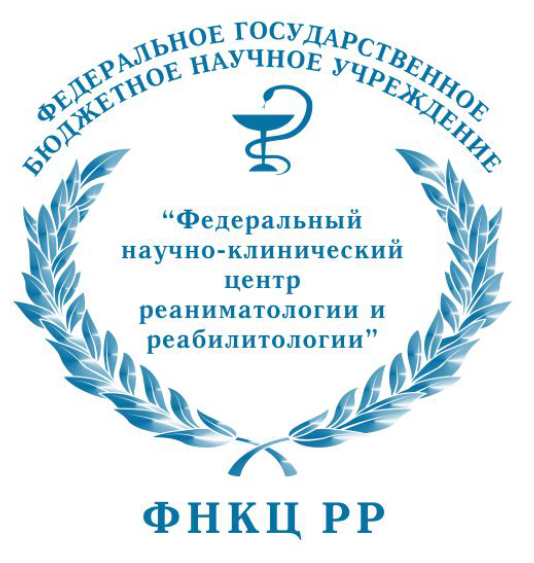
|
ИСТИНА |
Войти в систему Регистрация |
ФНКЦ РР |
||
Invariant zonoids and $L_1$ spectral radius of matricesдоклад на конференции
- Автор: Protasov V.Yu
- Международная Конференция : The Fifth German-Russian Week of the Young Researchers, ``Discrete Geometry'', MIPT, Dolgoprudmy, Rossia, 6-11 Sept. 2015
- Даты проведения конференции: 6-11 сентября 2015
- Дата доклада: 10 сентября 2015
- Тип доклада: Пленарный
- Докладчик: не указан
- Место проведения: МФТИ, Долгопрудный , Россия
-
Аннотация доклада:
Every irreducible set of linear operators $\{A_1, \ldots , A_m\}$ in $\mathbb R^d$ possesses an invariant zonoid $G \subset \mathbb R^d$ (the Minkowski sum of a countable set of segments) such that $G$ is homothetic to the Minkowski sum of images $A_iG, \, i = 1, \ldots , m$. The coefficient of homothety is equal to the so-called $L_1$ spectral radius of those operators~[2] This concept originated in 1995 with Wang~[1] found numerous applications in functional analysis, approximation theory, probability, etc. We analyze the invariant zonoid $G$ to compute or approximate the $L_1$-spectral radius. The existence of efficient methods of approximation follows from the results of Bourgain, Lindenstrauss, and Milman~[4]. We consider applications to the problem of characterising matrix sets sharing a common invariant cone~[3] and to the study of distributions of power random series with integer coefficients. [1] Y.Wang. Two-scale dilation equations and the mean spectral radius. Random Comput. Dynamic, 4(1), 49--72. [2] V.Yu.Protasov. Extremal $L_p$-norms and self-similar functions. Linear Alg. Appl., 428 (2008), 2339-2357. 2339-2357. [3] V.Yu.Protasov. When do several linear operators share an invariant cone? Linear Alg. Appl., 433 (2010), 781--789. 2339-2357. [4] J.Bourgain, J.Lindenstrauss, and V.Milman. Approximation of zonoids by zonotopes. Acta Mathematica, 162 (1989), no 1, 73--141.
- Добавил в систему: Протасов Владимир Юрьевич